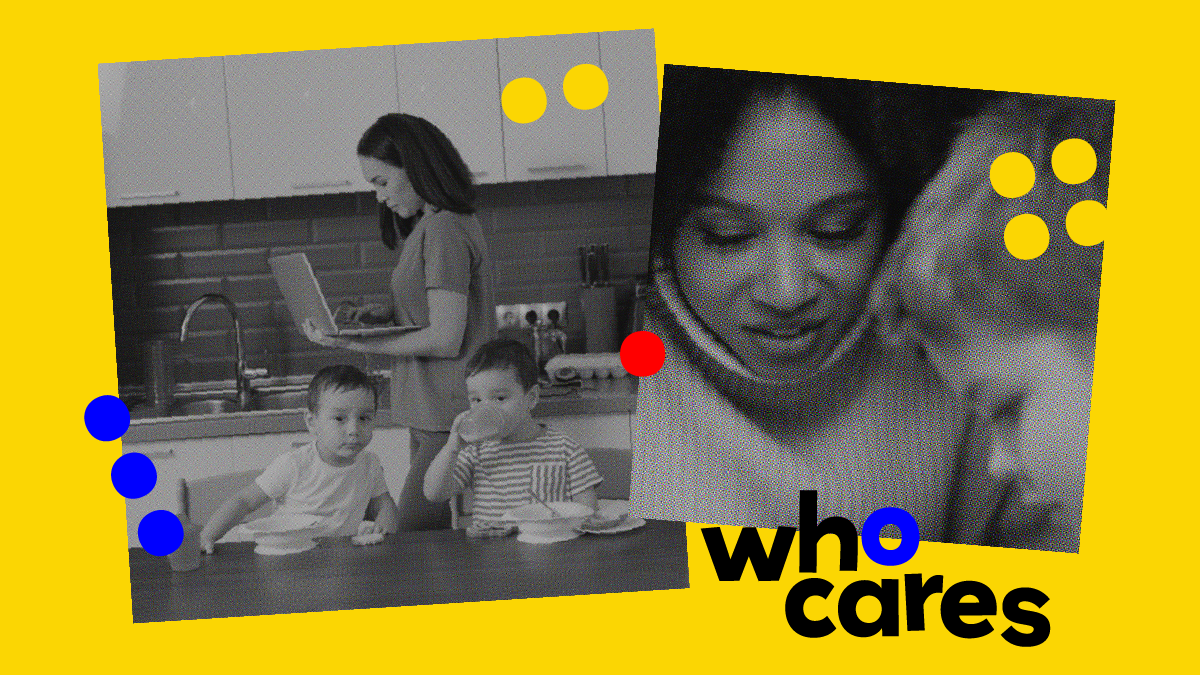Abortion rights, women of color, and LGBTQIA+ people are under attack. Pledge to join us in fighting for gender justice.
Child Care Assistance for Low-Income Families Falls Short, NWLC State-by-State Report Shows
Despite Recent Increase, Child Care Funding Lags Behind 2001 Levels
(Washington, D.C.) A low-income family of three with an income above $41,560 cannot qualify for child care assistance in 35 states—according to NWLC’s new state-by-state report. And in 30 states, a family of three with an income of $31,170 that receives child care assistance must pay copayments that exceed 7.2 percent of their income—the average percentage that families pay nationwide. As a result, child care remains a financial burden or completely out of reach for millions of families.
Child care assistance received a $2.37 billion increase in federal funding in March 2018, which allows states to begin to close the gaps in their policies. But due to years of stagnant funding, total funding for child care in 2018—even after the dramatic increase—remained nearly $1 billion short of the total funding level in 2001 after adjusting for inflation.
“This year’s historic increase in child care funding was a major victory for children and families, but it still isn’t enough,” said Helen Blank, NWLC Director of Child Care and Early Learning. “It’s unacceptable that so many parents—especially those who are low-income —are left without access to the affordable, high-quality child care they need to work and their children need to succeed. Addressing this crisis must be a top priority.”
Overdue for Investment: State Child Care Assistance Policies 2018 examines the subsidy programs that help low-income families pay for child care in each state and reveals how policies across the country are falling short of meeting families’ needs. The analysis compares data for February 2018 to data for February 2017 and 2001 on five crucial measures—income eligibility, waiting lists for assistance, copayments required of parents receiving assistance, payment rates for child care providers, and eligibility for parents searching for a job. These critical factors determine the affordability, accessibility, and quality of assistance in every state and the District of Columbia.
Report’s topline data include:
In February 2018:
- A family of three with an income above $31,170 a year (150 percent of poverty) could not qualify for child care assistance in 15 states.
- A family of three with an income above $41,560 a year (200 percent of poverty) could not qualify for child care assistance in 35 states.
- A family of three with an income of $31,170 a year (150 percent of poverty) was required to pay a copayment above 7.2 percent of their income in 30 states.
- A family of three with an income of $20,780 a year (100 percent of poverty) was required to pay a copayment above 7.2 percent of their income in 13 states.
- 19 states had waiting lists or frozen intake for child care assistance, including four states (Florida, Massachusetts, North Carolina, and Texas) that each had more than 20,000 children on the waiting list.
- Only one state—California—had child care provider payment rates at the federally recommended level, a significant decrease from the 22 states with rates at the recommended level in 2001. Low payment rates shortchange child care workers, leave providers without sufficient resources to support high-quality care, and discourage them from serving families receiving assistance.
NWLC child care experts are available to discuss the report and the broader implications of child care remaining out of reach for families and their children.
###
For immediate release: November 13, 2018
Contact: Maria Patrick ([email protected]) or Olympia Feil ([email protected])




